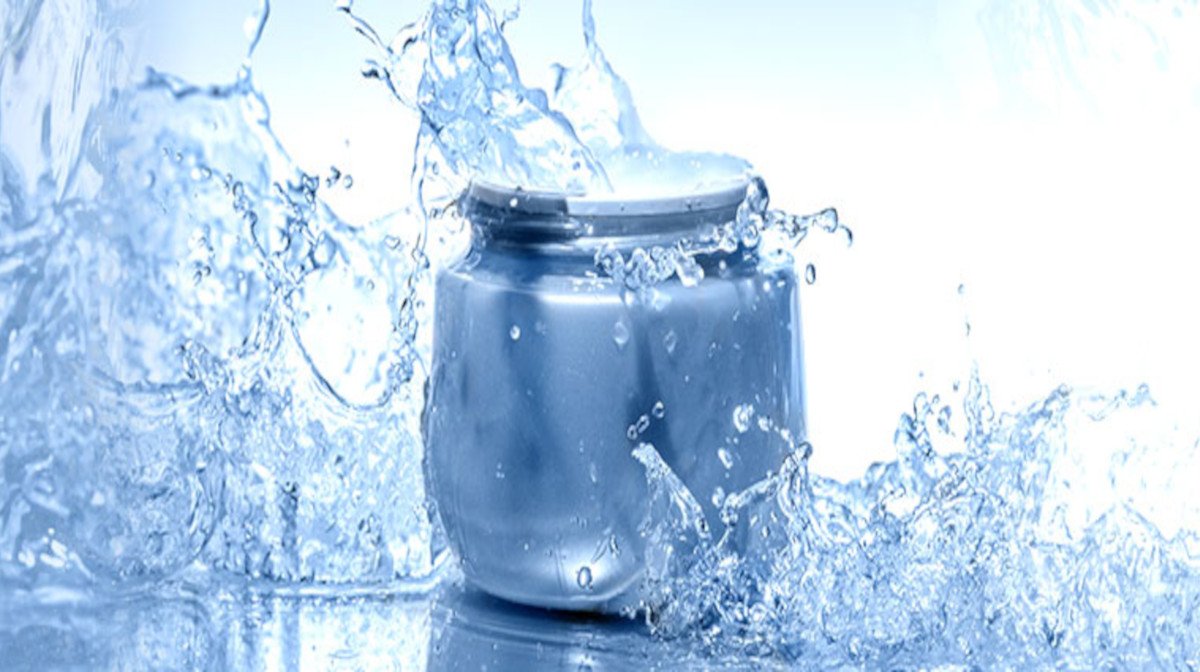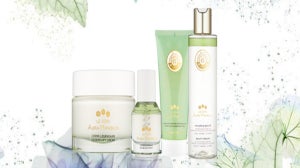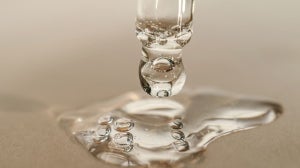

What is Hyaluronic Acid?
Hyaluronic Acid is actually a sugar molecule (a polysaccharide, if you're feeling fancy) which occurs naturally in your skin. Also known as hyaluronan, you’ll find the largest quantities of it in your eyes, skin and connective tissue. An antioxidant; it supports up to 1000 times its weight in water and by doing so, helps to support collagen structures, keeping skin supple and tissues lubricated. Its main function is to retain water and act as a natural lubricant for the tissues within your body.
How does it work? If it’s already part of my skin, why should I consider using this ingredient now?
It helps to think of Hyaluronic Acid molecules as being a sort of sponge - moisture is absorbed from the air and your Hyaluronic Acid molecules soak it up and bind those moisture levels within your skin.
Our natural production of Hyaluronic Acid actually diminishes as we age, which is why it is recommended to start incorporating hyaluronics into your routine to rebalance levels after the age of 25. As well as increasing moisture levels in the skin, products containing Hyaluronic Acid can also help to reduce the appearance of signs of ageing - for example, wrinkles and fine lines.

Using a hyaluronic acid can also help to protect your skin from dehydration due to extreme temperature changes. In Autumn or Winter, the combination of cold air outside and having the central heating on inside may leave you feeling snug, but it can also have a drying effect on your skin.
In addition to adding much needed hydration, Hyaluronic acid also has an anti-bacterial effect, making it ideal for those dealing with broken skin, redness or inflammation. Being an antioxidant, it can also help to limit the damage of air pollution or sunlight. Hyaluronic Acid can be applied daily and you’ll often find it in a gel, cream, moisturiser or serum. If you’re applying your product as a serum, this should be layered underneath your moisturiser, so that it is in direct contact with the top layer of your skin and locked in place. Make sure that you apply to freshly cleaned, damp skin and use in conjunction with a moisturiser for best results.

So, what should I look for on the label?
1. Hyaluronic acid is commonly listed as follows: Hyaluronic acid, hydrolysed hyaluronic acid, sodium acetyl hyaluronate or sodium hyaluronate.
2. Sodium hyaluronate is, as the name suggests, a salt derivative of the molecule and is smaller in size, allowing for better skin penetration.
3. You should look for a product which contains an ingredient percentage between 0.25-2.5% to allow for optimum penetration of your skin cells.
WHAT TO USE TO REPLENISH THOSE PESKY DEFICITS – ALLBEAUTY TOP PICKS:

Elizabeth Arden Hyaluronic Acid Ceramide Capsules contain a single dose capsule serum which works to plump, firm and hydrate the skin. Silky and lightweight, the serum’s formulation contains Hyaluronic acid to draw in moisture, whilst ceramides work to lock it in. Deeply moisturising, as well as giving a visible plumping effect to the skin, the formulation also helps to add definition to your face’s contours.
To open, gently twist the opening of the capsule around twice and apply with fingertips. It’s recommended to use 2 capsules a day, once in the morning and once at night before applying moisturiser to help protect against moisture loss.

The Organic Pharmacy Serum 30ml contains Hyaluronic Acid & Sodium Hyaluronate. Apply a dropper of serum before moisturising as part of your usual skincare routine to fill, hydrate and restore volume to the skin.
To view all trending Ingredients and read the full articles go to allbeauty.com

Related Articles








